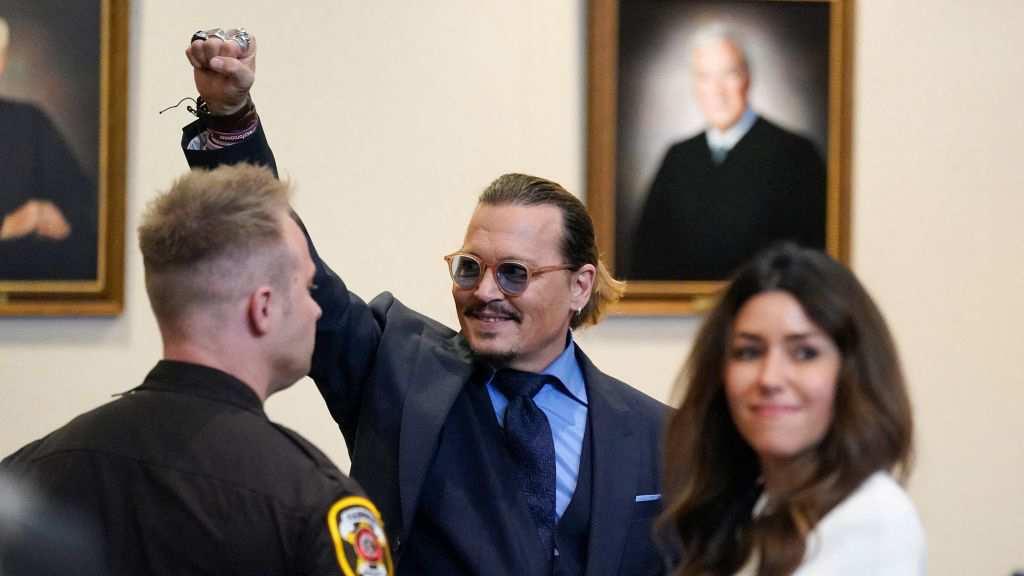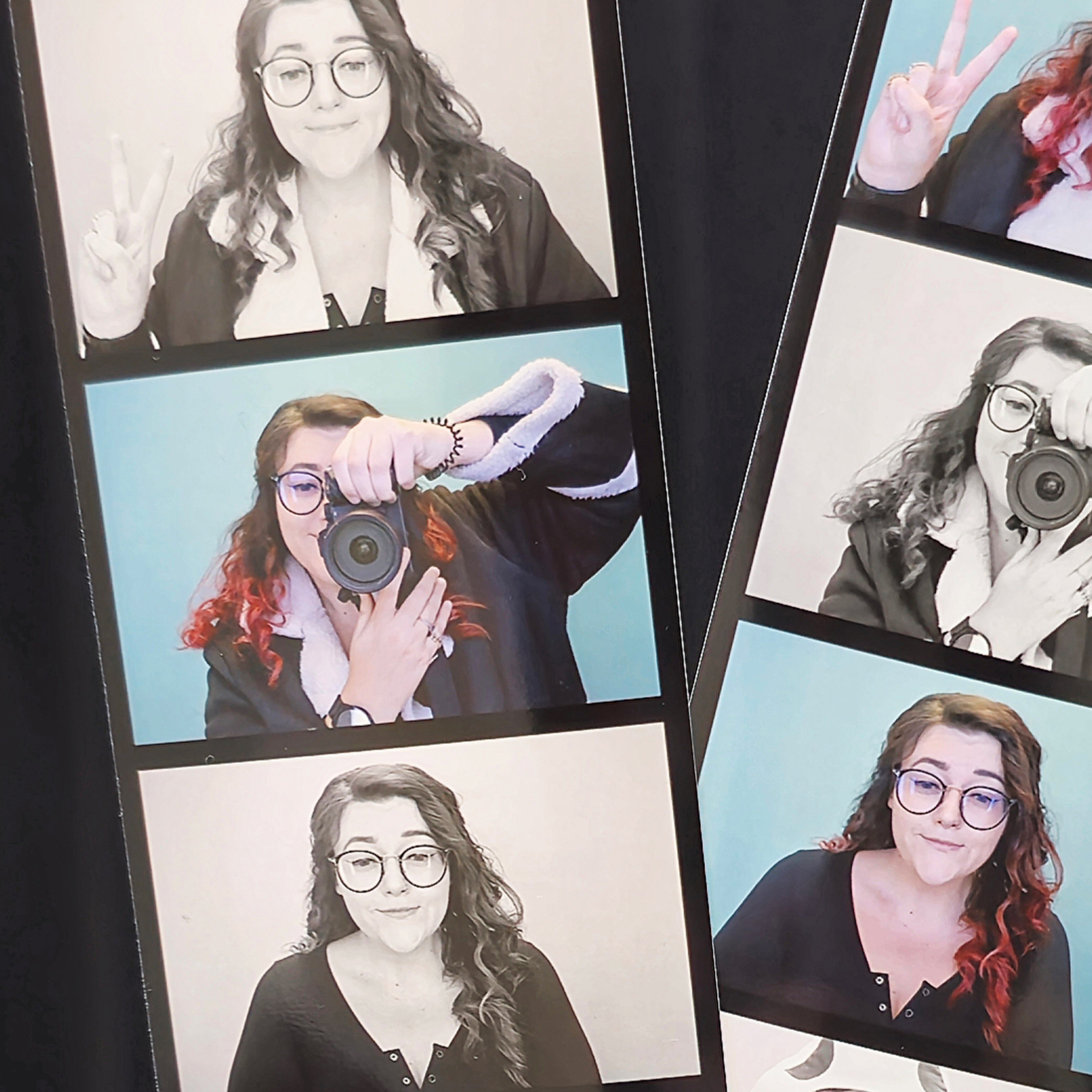Is metadata evidence? Expert examined EXIF data in Johnny Depp vs Amber Heard trial
A legal expert has testified in the famous Depp vs Heard defamation lawsuit, analyzing crucial EXIF image data and suggesting that Amber Heard edited her injury photos

The lawsuit based on alleged defamation between legendary actor Johnny Depp and his ex-wife, actor Amber Heard, known for starring in DC's Aquaman, has now concluded. Regular updates on the famous and very public trial have been making global headlines for the last six weeks and trending on social media, but the trial concluded on 27 May, after lawyers on both sides made their closing statements. Johnny Depp was named the victor in this case.
Evidence presented was examined by a legal expert in metadata who was asked to testify and validate images based on their embedded EXIF data.
• Read more: What is EXIF data, and is it useful for your photography?
Actor Johnny Depp initially sued his ex-wife, Amber Heard, for $50m after she allegedly implied that he had abused her, in a 2018 Washington Post opinion piece, describing herself as a figure that had been representing domestic abuse.
Although Depp was not explicitly named by Heard in the piece, he claims that her allegations have impacted his ability to obtain work and resulted in losing him opportunities. Ms Heard then began pursuing a $100m counterclaim against her ex-husband.
Thanks to the best photo editing software around today, it's not always easy to tell how "real" a photograph is. In this case, a legal metadata expert had testified as a rebuttal witness during the trial to declare that, after analyzing photo evidence of bruising that was submitted by Heard, he had no way of authenticating the images and could not confirm their legitimacy.
Norbert "Bryan" Neumeister additionally believed that some images showing alleged bruising and physical abuse to Heard from Depp had been "modified" and came to these conclusions by analyzing EXIF data analytics.
Get the Digital Camera World Newsletter
The best camera deals, reviews, product advice, and unmissable photography news, direct to your inbox!
Every digital photo we capture contains what is called Exchangeable Image File Format (EXIF) data, hidden information embedded into an image file specifying the type of camera that was used, various settings, as well as detailing exactly how and when an image was created, and noting the original source and any modifications or changes throughout the file lifespan.
While a lot of the described activity and abuse in this case occurred behind closed doors, with often no witnesses, the photographic evidence of bruising and assault put forward by Ms Heard had revealed more than she likely intended.
Neumeister suggested the file's software had not been sourced directly from an iPhone, but had been rendered in a third-party editing program. He stated that all three supplied files "do not match forensically" and "had to go through some type of transformation to change sizes."
Mr Depp's lawyer, Camille Vasquez, additionally accused Heard of editing her injury photos in the cross-examination section of the trial. Vasquez has become in some ways the trial's breakout star, receiving endless support online for her sharp methods. The suggestion is that Heard has been editing her photos to make her face appear redder in certain areas, mimicking the appearance of bruising.
An image of spilled wine was presented by Ms Heard, allegedly from a huge fight the couple had in 2016, which supposedly ended with Mr Depp assaulting her. During Ms Vasquez's questioning, Heard is said to have turned towards the jurors and claimed the photos had been redacted or edited by Mr Depp's lawyers, to benefit her ex-husband's case.
The jury was asked to retire, deliberate and reach a verdict on whether Ms Heard did in fact defame Mr Depp in the Washington Post article situating at the centre of the case. They concluded in favor of Mr Depp.
Full moments from the public trial, as well as review snippets and reaction videos, can be viewed on Youtube as well as TikTok, and almost all forms of social media.
• Read more:
Best photo editing software
Best photo editing tools and accessories
How to set up the GPS on your Canon camera
Best photo organizing software
Best photo-editing laptops
Best tablet for photo editing
iOS 15 and iPhone 13 get EXIF data and deep-learned photo subject recognition

Beth kicked off her journalistic career as a staff writer here at Digital Camera World, but has since moved over to our sister site Creative Bloq, where she covers all things tech, gaming, photography, and 3D printing. With a degree in Music Journalism and a Master's degree in Photography, Beth knows a thing or two about cameras – and you'll most likely find her photographing local gigs under the alias Bethshootsbands. She also dabbles in cosplay photography, bringing comic book fantasies to life, and uses a Canon 5DS and Sony A7III as her go-to setup.
